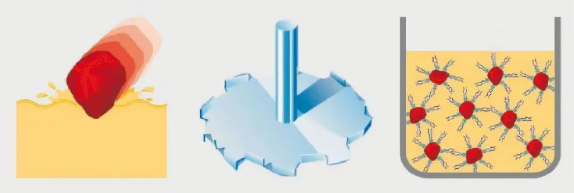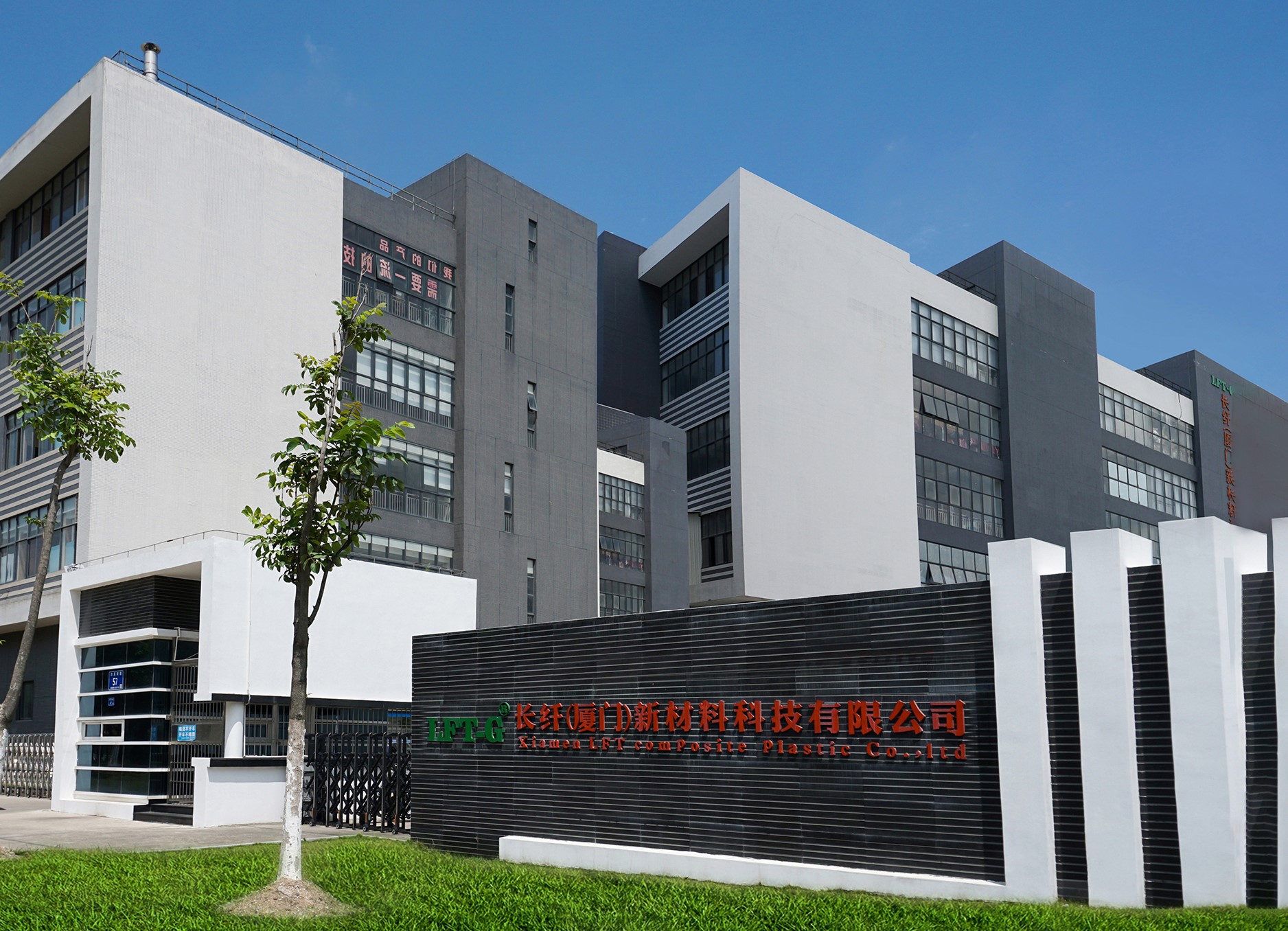new blog
Modification principle
Modified plastics refer to plastics that are processed and modified on the basis of general plastics and engineering plastics through filling, blending, strengthening and other methods to improve the properties of flame retardant, strength, impact resistance, toughness and other aspects. The modification involves the additive of the plastic, the dispersion state of the filling material in the modified plastic and its formation. The filling material also has a great influence on the resin interface structure, just like adding sand and gravel to concrete. The dispersion of the filling material is discussed below.
Dispersed state
1. When inorganic particles are added to the polymer melt, there may be three kinds of dispersion microstructure of inorganic particles. ① The second aggregation state, this dispersion state has a good enhancement effect. (2) The irregular dispersion state, some gathered into groups, some exist in the form of individual dispersion. This dispersion is neither enhanced nor toughened. ③ Uniformly dispersed in the matrix resin. In this case, whether there is a good interface between the particle and the matrix resin, there will be a certain strengthening and toughening effect. In order to obtain reinforced and toughened filler modified plastics, it is hoped that the third dispersion state is available.

Immersion, stirring and dispersion process
2. Whether the inorganic powder granular filling material can be uniformly dispersed in the matrix resin individually is related to a variety of factors. In the case of fixed processing conditions, from the expected effect of filling modification, the smaller the inorganic particle size, the better. But the smaller the size, the higher the surface energy, the stronger the self-coagulation ability, the more difficult to disperse evenly. The effect of "agglomeration" is formed by the surface energy and static electricity generated under the collision and friction of high-speed motion. This kind of condensate can no longer be opened by mechanical shear force in the subsequent mixing and molding processing, presenting the second irregular dispersion state as the most reluctant to see the "white spot" in modified plastics.
Packed state
Powder granular is the dispersion state of the filling material whose length-diameter ratio is approximately 1, and the filling material with relatively large length-diameter refers to the short fibrous, needle-like and thin sheet filling material. Fibrous materials have good toughening effect, but most fibrous filling materials have high price and poor environmental protection. The mass production of calcium carbonate fiber (whisker) may change this situation, and the large length whisker can even reduce the papermaking fiber for the paper industry.
Modified application
With superior cost performance, modified plastics have been applied in more and more downstream fields. It can be said that modified plastics have become a consumption trend, and the following five factors are implied behind this trend:
High performance: Modified plastics not only have the advantages of traditional plastics, such as low density and corrosion resistance, but also have good physical and mechanical properties, such as high strength, high toughness, high impact resistance, wear resistance and earthquake resistance. In addition, the improvement of comprehensive performance of plastics provides a foundation for its wide application in the downstream field.
Low cost: Compared with other materials, plastics benefit from the advantages of high production efficiency and low density, and have a lower cost. The cost per unit volume of plastic is only about one tenth of that of metal.
Government policy: China has implemented the "3C" compulsory certification system, which has strictly stipulated the safety performance of the products in the catalogue, thus promoting the wide application of flame-retardant plastics in household appliances, IT, communications and other fields.
Consumption upgrade: with the improvement of living standards, people begin to pursue more excellent product performance, requiring appliances and other products to be more beautiful, safe and durable, so as to put forward higher requirements for the upstream plastic industry, requiring it to have better processing performance, mechanical properties, durability and safety.
Technical factors: more than 1000 kinds of polymers have been discovered in the world, but only a few dozen have real application value. The development of new polymers not only requires huge investment, but also has an uncertain application prospect. On the contrary, modification technology can not only improve the properties of existing polymers to meet the needs of the industry, but also reduce the cost of some high-priced engineering plastics, becoming an effective way to develop the plastic industry.
Hardness index
The trend of "replacing steel with plastic" appears in many industries, and hardness is its primary indicator. Hardness refers to the ability of a material to resist being pressed into its surface by other harder objects. There are several methods commonly used to indicate hardness:
A. Shore hardness
B. Rockwell hardness
c, Mohs hardness
Adding hardness of modified plastics refers to a modification method of adding hard additives to plastics. The commonly used hardness filler is rigid inorganic filler and fiber.
(1) Add rigid inorganic filler
Surface treatment improves the hardness of plastics
The surface hardness improvement method of plastic refers to improving the hardness of the outer surface of plastic products, while the hardness of the internal products remains unchanged. This is a low cost hardness improvement method.
This modification method is mainly used for shell, decorative materials, optical materials and daily necessities. This modification method mainly includes coating, coating and surface treatment.
(2) Blending improves the hardness of plastics
The improved method of plastic blending is to mix high hardness resin in low hardness resin ※※ to improve its overall hardness. Common blends are PS, PMMA, ABS and MF, etc., and the resins that need to be modified are mainly PE, PA, PTFE and PP.
(3) the hardness of composite improved plastics
The method to improve the hardness of plastic composite is to compound a layer of hardness resin on the surface of low hardness plastic products. This method is mainly suitable for extruded products, such as plate, sheet, film and pipe. The commonly used composite resins are PS, PMMA, ABS and MF.

Xiamen LFT composite plastic Co., Ltd. is a brand-name company that focuses on LFT&LFRT. Long Glass Fiber Series (LGF) & Long Carbon Fiber Series (LCF). The company's thermoplastic LFT can be used for LFT-G injection molding and extrusion, and can also be used for LFT-D molding. It can be produced according to customer requirements:5~25mm in length. The company's long fiber continuous infiltration reinforced thermoplastics have passed ISO9001&16949 system certification, and the products have obtained lots of national trademarks and patents.